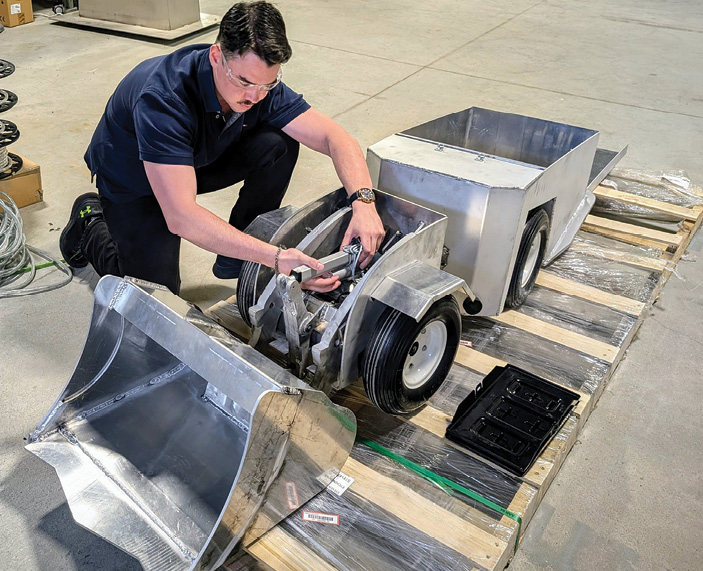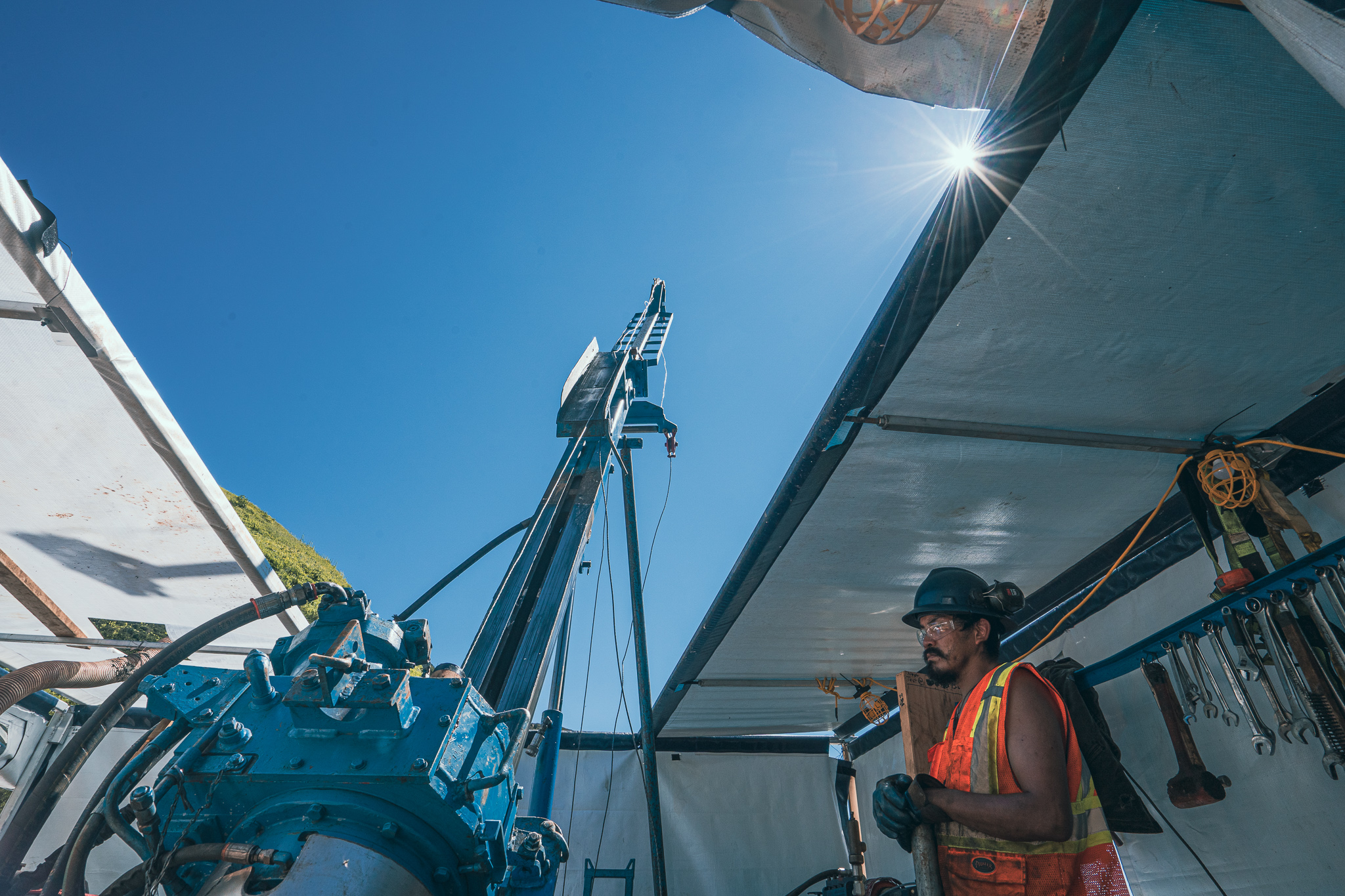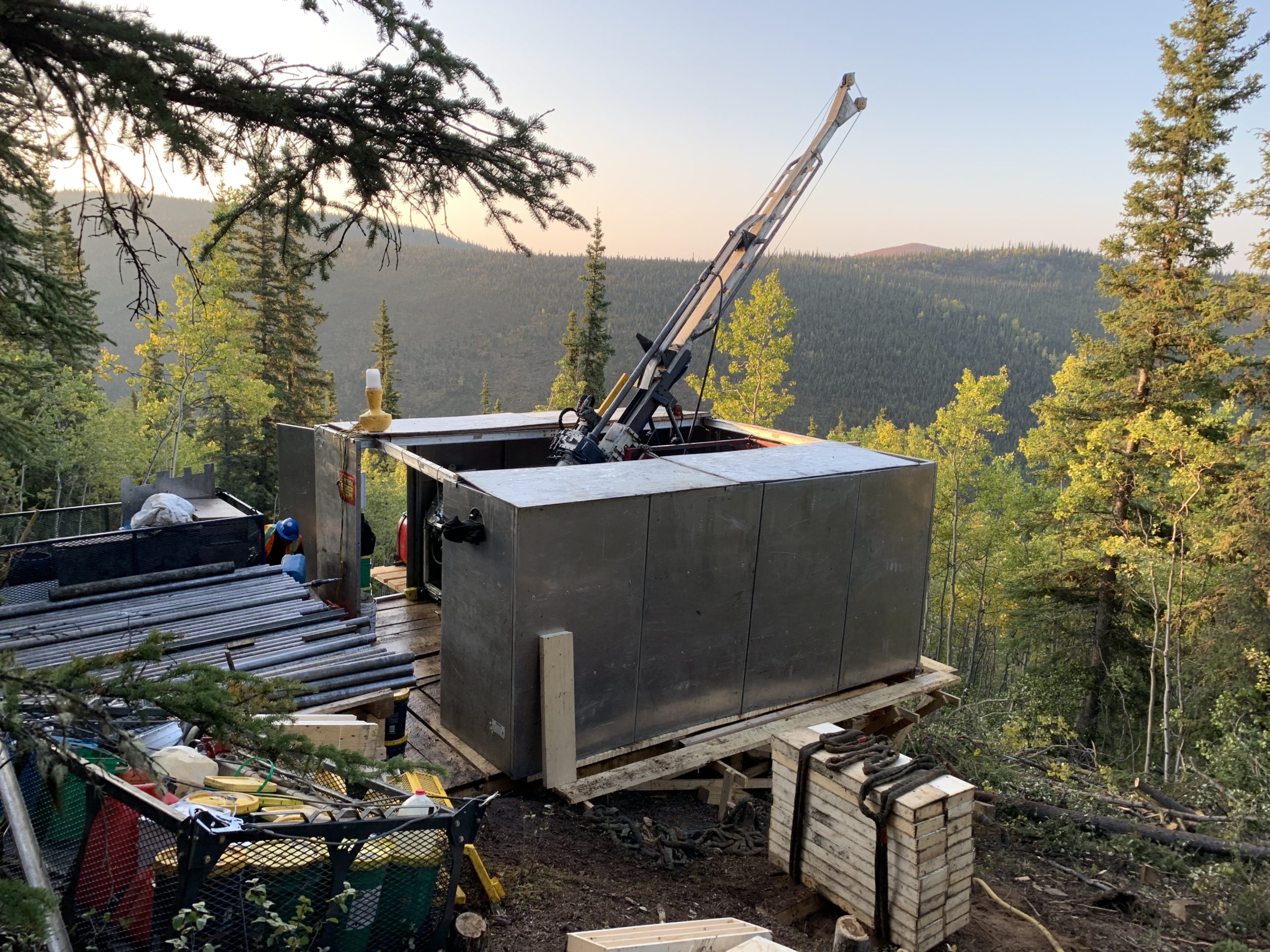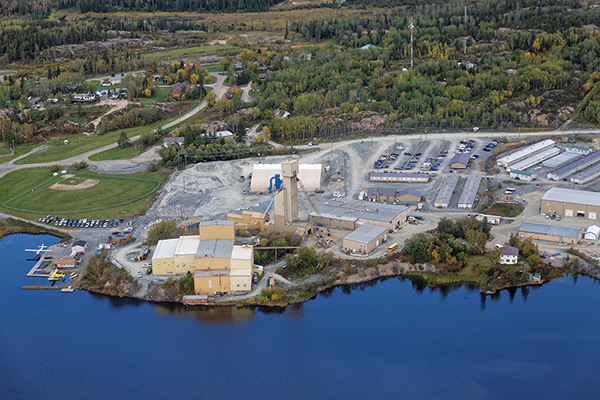Embracing electric actuators for mining equipment

In dynamic fields like mining, construction, and other heavy industries, the relentless pursuit of efficiency and sustainability has driven significant technological shifts, with mobile equipment electrification being one of the most notable. While mining equipment manufacturers have excelled in developing and deploying electric powertrains, one key area that remains to be decarbonized is hydraulics. Hydraulics on heavy equipment convert mechanical energy into hydraulic energy to power components, enabling the lifting and lowering of heavy loads, movement control, and enhanced steering and braking. They also multiply force, allowing for tasks like digging, grading, and lifting heavy materials with greater precision and power. However, the replacement of hydraulic actuation with electric actuation in electric mining equipment has largely eluded the industry. This evolution represents a fundamental transformation with far-reaching benefits and the state of the technology for these applications is on the cusp of viability and commercialization.
Hydraulic systems, used since the early 1800s, have been a robust solution for many industries. However, advancements in electromechanical actuation, which uses an electric motor to create the necessary force to move a load, have made replacing hydraulic systems more viable. Even modern hydraulic systems are inherently inefficient because of energy losses in the form of heat and fluid friction. In contrast, electric actuators offer precise control with minimal energy loss, translating to lower energy consumption, potentially more sustainable operations, and reduced operational costs.
Hydraulic systems are complex, involving numerous moving parts, hoses, fluids, filters, and fittings that require regular maintenance and can be prone to leaks and failures. Electric actuators simplify the system by eliminating many of these components, resulting in fewer points of failure and significantly reduced downtime and maintenance costs.
With advancements in safety technologies like collision avoidance and automation, the precision of movement in mobile equipment has become paramount. Electric actuators provide superior precision and control compared to their hydraulic counterparts, which is crucial in mining applications where accurate positioning enhances work quality and improves safety. They can be easily programmed and adjusted, offering operators fine-tuned control over equipment movements. Additionally, electric actuation systems can include advanced safety features such as real-time monitoring, automatic shut-off, and fault detection, preventing accidents and ensuring operator and personnel safety. These actuators are also compatible with modern smart technologies, including internet of things (IoT) and artificial intelligence (AI), enabling advanced monitoring and diagnostics, predictive maintenance, and autonomous operation capabilities, further enhancing operational efficiency and productivity.
The transition to electric actuation also contributes to a greener environment. Hydraulic systems are prone to fluid leaks, which can cause significant environmental damage. Electric systems eliminate the risk of such leaks, promoting cleaner and more environmentally friendly operations.
Despite their increasing popularity, electric actuators still have some limitations compared to hydraulic systems. They traditionally provide lower force and power density, making them less suitable for heavy-duty applications, and can be less reliable in harsh environments because of their sensitivity to dust, moisture, and extreme temperatures. However, advancements in technology are rapidly improving the performance and reliability of electric actuators. Innovations in materials, design, and control systems are making them more robust and efficient, promising a future where electric actuation can meet or even surpass the capabilities of hydraulics in many applications. Several noteworthy nascent technologies are becoming available on the market.
For example, U.S.-based Rise Robotics offers technology that provides several benefits over traditional hydraulic systems. Their electric linear actuators deliver high efficiency and precision while significantly reducing energy consumption and operating costs. Rise Robotics’ solutions are simpler, cleaner, and easier to maintain. Additionally, their technology eliminates the risk of hydraulic fluid leaks, making it more environmentally friendly. Rise Robotics focuses on disrupting how linear actuators are engineered, making the shift from diesel to electric systems possible.
Similarly, Germany-based Ewellix offers advanced linear motion and actuation solutions that ensure high precision, efficiency, and reliability, making them ideal for various industrial applications. Ewellix’s actuators are designed for easy integration and maintenance, reducing downtime and operational costs. Their technology also offers high energy efficiency and energy recuperation, making it ideal for battery electric vehicle deployments.
The advent of battery electric equipment in underground mining has made the shift from hydraulic to electric actuation timelier and more achievable. By offering enhanced energy efficiency, reduced maintenance costs, improved precision and control, increased safety, and significant environmental benefits, electric actuation technologies are becoming viable alternatives. As the industry continues to embrace these advancements, we can expect a future where diesel and hydraulic oil in mining operations have been all but eliminated.
Steve Gravel is the manager of the Centre for Smart Mining at Cambrian College.





Comments